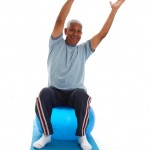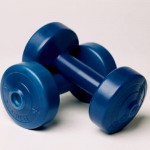 Is stretching important in fitness?
Is stretching important in fitness?
There has been some recent controversy as to whether stretching is important: Does it actually prevent injury? Should you stretch before or after a workout? Why should I stretch at all? Whatever you may have heard, I’d like to share my reasons why I believe stretching has its place in a fitness program.
• It helps establish your intentions. Take a few minutes after your warm-up to stretch. Remind yourself why you are doing this; what your goals are and how is this activity going to help you get there.
• It lets you think about your plan. When you set out for a run, walk, hike or any other activity, beginning with a light warm-up and stretch gives you a few extra minutes to think about your route, to clear your head or plan for any obstacles you may encounter.
• Stretching helps you focus. Instead of jumping right into the workout without thinking, you can spend a few quiet minutes lightly stretching, making sure your mind is in the present without any distractions. No matter what your belief is about stretching preventing injury, an unfocused & distracted person plus exercise can be a recipe for an injury!
• It also helps you wind down. After a grueling workout or long training session, five minutes spent relaxing your mind and loosening your muscles is the best way to think about your accomplishment!
By the way, I do believe stretching is most successful when done after your body and muscles are warmed up, when they are most loose and pliable. And as far as if it’s even worth doing (as some have argued), if it feels good and you have the time for it, I say ‘Why not!?’
Follow Sarah on Twitter @SarahJChicago
 Subscribe
Subscribe







